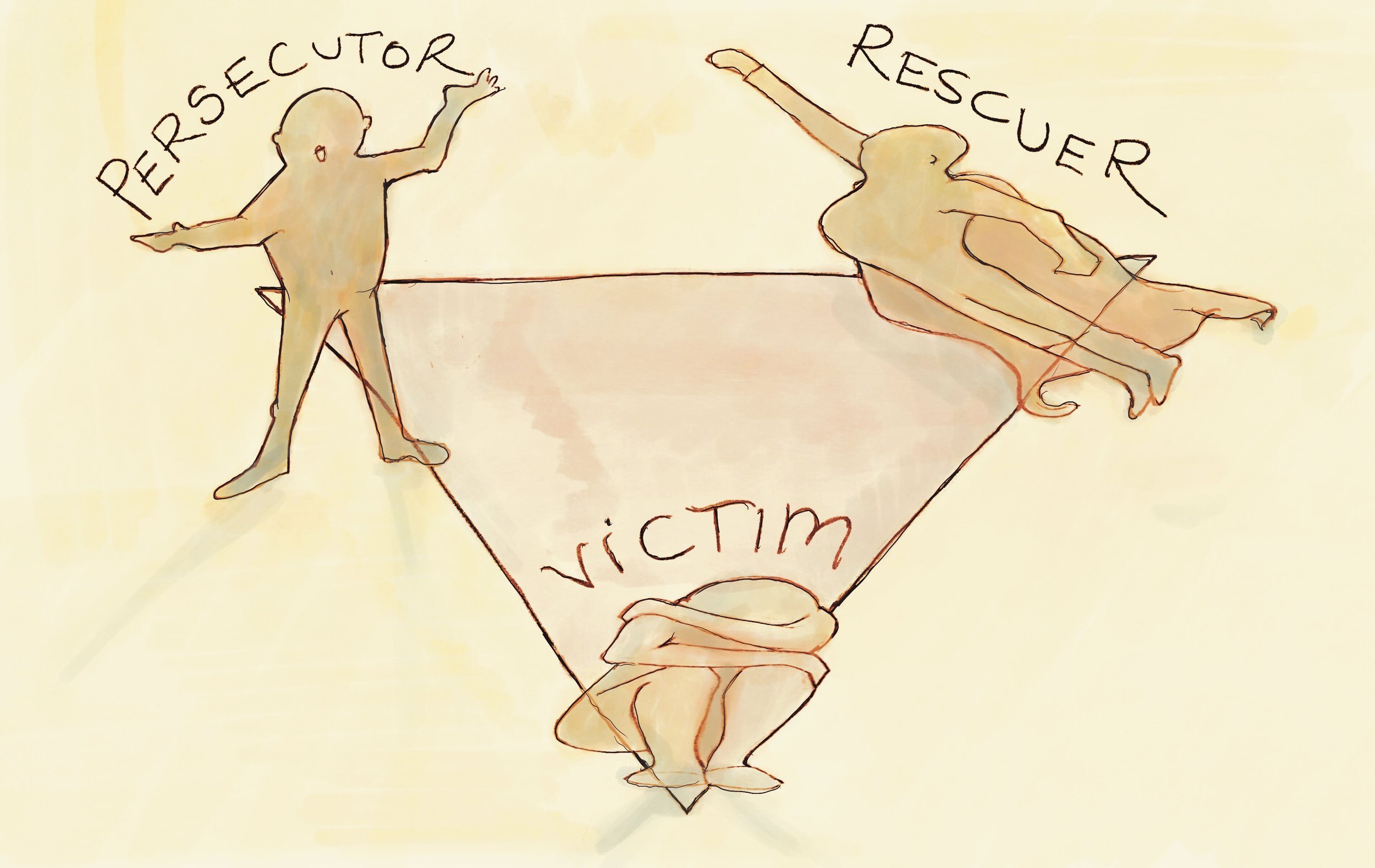Tired of tension at work?
How to identify your role in workplace drama and make positive changes
The Karpman Drama Triangle. Illustration by artinker.com for Kate Leto
In our workplace relationships, we may often find ourselves playing a role—even if we don’t realise it at the time. Perhaps some of these scenarios sound familiar:
One of your team members gets stuck, so you step in to help them and provide a solution.
Forces outside your control, like illness, require you to give up control and ask for help. This is a very awkward and uncomfortable position for you.
You learn about a decision that’s been made without your input - like a new hire that’s going to impact your team or even a re-org that’s going to impact the whole company. This leads you to feel dissatisfied and unhappy with your work.
Each of these situations exemplifies the dynamic known as the “Karpman drama triangle.” Initially proposed by Stephen B. Karpman, the model focuses on three roles: the victim, the rescuer, and the persecutor. Each role represents a common but ineffective response to conflict. Let’s look at each in a bit more detail.
The victim feels trapped, helpless, and hopeless, unable to make decisions or move forward.
The rescuer intervenes on behalf of the victim, stepping in with a solution. They don’t realise that their constant interventions are preventing the victims from gaining independence and constantly being in “firefighting” mode means that rescuers can’t do their own work.
The persecutor blames both the victim and rescuer for the situation they’re in. While they may be trying to point out the flaws in the situation, they come across as critical, unhelpful bullies.
Once you learn about each of the roles in the drama triangle, you’re likely to see them play out in all types of situations, both at work and in your personal life. I often see leaders stepping in to play the “rescuer” role—an often default reaction to the constant requests you receive from your team members.
But as we’ve established, the drama triangle is an ineffective way of reflecting on conflict. If you continue to reinforce this dynamic, victims don’t learn to solve their own problems, rescuers get overwhelmed, and persecutors aren’t helpful to anyone.
A more constructive way of approaching this is with an Empowerment Dynamic by David Emerald. In this model, there are still three roles, but each has more agency and self-awareness.
The Empowerment Dynamic. Illustration by artinker.com for Kate Leto
Instead of a victim at the bottom of the triangle, there’s a creator at the top. The creator realises they have power and uses problem-solving to consider their options.
The rescuer is replaced with a coach—someone who asks, “How can I help you?” and enlists listening skills and curiosity instead of just taking over with solutions.
And the persecutor is replaced with a challenger—someone who is assertive but constructive about getting their needs met by calling forth growth in others.
Now that you’re aware of the limitations of the drama triangle and the possibilities of the empowerment triangle, you can begin to work through the role(s) you tend to play and how to make a positive change.
If you tend to be a rescuer, consider how you can stop stepping in with solutions and ask questions that will prompt self-reflection instead. Try adding some coaching questions like, “How might you solve this problem?” or “What are some possible ways you could approach this?”
These patterns and habits are developed over years, so don’t expect to change them overnight. But being aware of unproductive behaviours is the first step to help you overcome them.
Are you interested in learning how Product Leadership Coaching can help you create a more empowered dynamic on your team? Please get in touch to learn more!
Subscribe to Product Leadership Essentials
Sign-up to my email newsletter to learn more about how to better understand and build your authentic Product Leadership skills.


